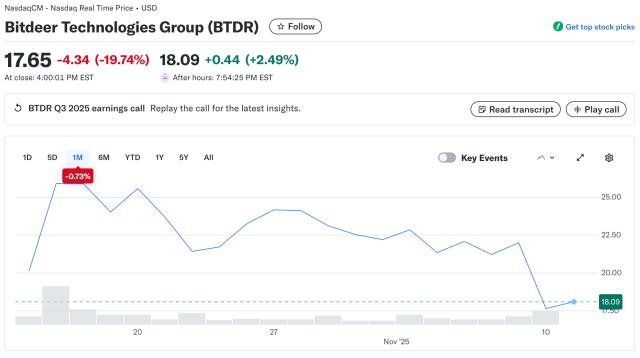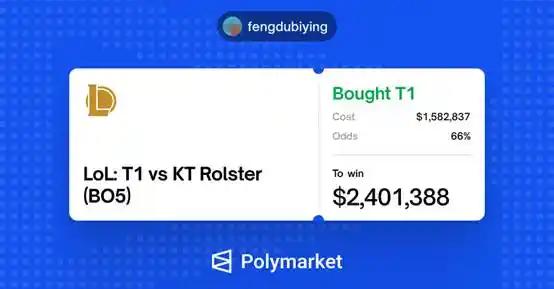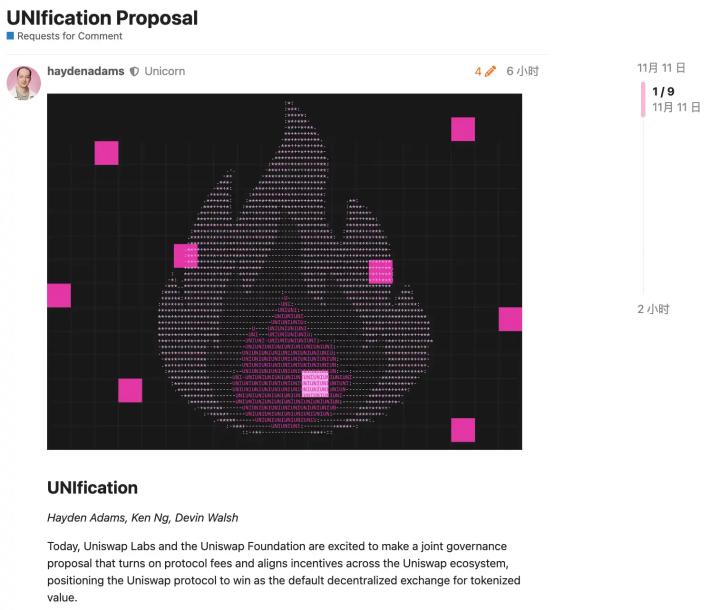Author: zhou, ChainCatcher
On November 10th, a chart comparing the number of followers on Binance's X account ignited heated discussions in the crypto community. Binance founder CZ(CZ) unfollowed over 300 people from his X account in less than two months. This number, far exceeding routine maintenance, was seen as a targeted cleanup and uncovered a hidden yet once extremely active gray market: accounts followed by CZ were publicly traded for tens of thousands of dollars.

Image source: X user @_FORAB
According to RootData, a crypto data analytics platform, CZ unfollowed a batch of accounts on November 8-9, including several previously active projects on the BNB blockchain such as BakerySwap and ReachMe. CZ initially responded that he was only cleaning up inactive accounts, but later publicly stated that people should not buy accounts he followed, and that he would immediately unfollow any accounts found being sold. The community also reported that during the bull market, the highest price ever paid for a single account followed by CZ reached $80,000, with numerous cases of $20,000 and several thousand dollars.

It's worth noting that Oracle is a classic example of a scheme that uses purchased accounts to generate traffic before ultimately absconding with the funds. Reportedly, on October 10, 2025, the Oracle project team disappeared with the money, and the account ceased operation. Community investigations suggest that Oracle was likely acquired through a "buy" account (originally an old account on CZ's follow list). The buyer then changed the name, profile picture, and launched a new coin, using the remaining hype to inflate the price. Four Meme later clarified that Oracle was not a partner of Oracle, and the project ultimately disappeared.
On the surface, this appears to be a farce involving the buying and selling of accounts, but in reality, it exposes deeper problems such as distorted attention within the industry and extreme marketing methods employed by project teams. On one hand, the difficulty for small projects to gain exposure through legitimate channels directly leads project teams to resort to extreme measures. Spending tens of thousands of dollars to buy an account "followed by CZ" and then simply changing its appearance allows them to harvest traffic, which is far more cost-effective than spending months refining their products or building communities.
On the other hand, this phenomenon also reflects a systemic distortion of industry attention and the lack of an effective evaluation mechanism, making traffic a hard currency. Retail investors are used to using celebrity activities as endorsements, and project teams are no longer competing on code quality, on-chain data, or long-term planning, but rather on who can seize the hottest topics the fastest.
In the article "What Happened to Those Who Followed CZ's Trading?", the editor also pointed out that so-called shill signals were just a spark, while community hype was the tinder; the combination of the two ignited the market, demonstrating that the market itself needs hot topics to maintain attention and liquidity. Whether it's public shill or "invisible endorsements" in follower lists, both can become short-term FOMO drivers when the evaluation mechanism is immature.
CZ's major purge, in a sense, serves as a wake-up call for the industry: only when project exposure no longer depends on the preferences of a particular person or platform will project teams return to the product itself, and only then will retail investors learn to use data to judge value.








